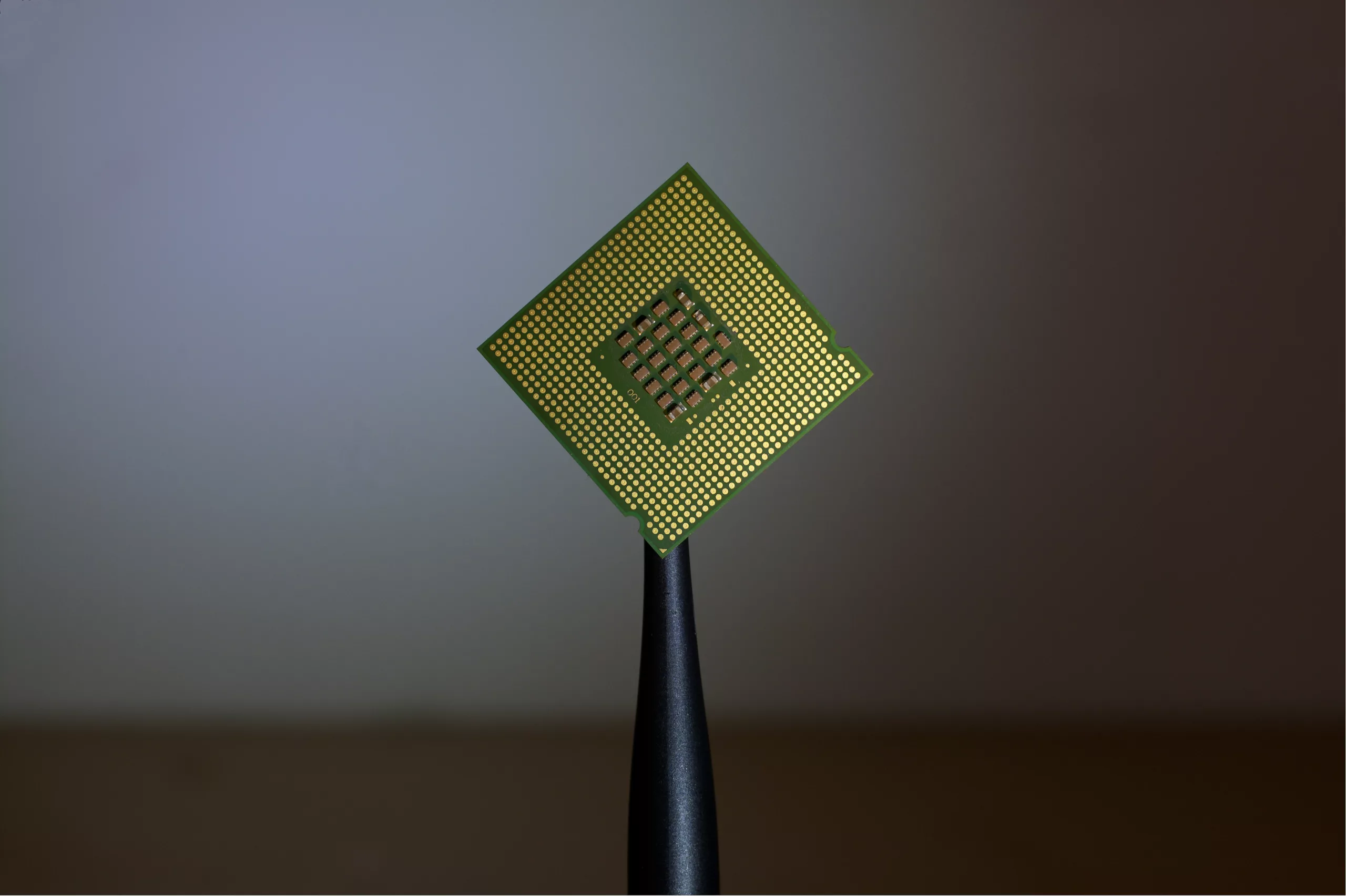Introduction to On-chip Energy Storage
As the trend toward miniaturization of electronic gadgets continues, scientists are working tirelessly to integrate energy storage systems directly into microchips. This integration aims to curtail energy losses that typically occur during power transfer between different parts of a device. To achieve this, on-chip energy storage solutions must exhibit an exceptional ability to store substantial energy in a minuscule area and release it swiftly upon demand. Prevailing technologies have struggled to meet these stringent demands.
Engineering High-performance Microcapacitors
Researchers from the Lawrence Berkeley National Laboratory and the University of California Berkeley have made significant strides by creating microcapacitors with unparalleled energy and power densities. Their breakthrough involves the use of hafnium oxide and zirconium oxide engineered into thin films—materials and methods that are well-established in the semiconductor industry. Their research, published in the eminent journal Nature, is a leap forward for highly integrated, advanced on-chip energy storage for future electronics.
Novel Materials Yield Remarkable Results
The innovation springs from the novel application of engineered thin films. Sayeef Salahuddin, leading the research project, highlighted the capacity of these microcapacitors to store significantly more energy than customary dielectrics, all while being compatible with direct processing on existing microprocessors. This research forms a part of broader efforts to develop cutting-edge materials and technologies that promise to make our electronics both smaller and faster while also improving energy efficiency.
Capacitors vs. Batteries: The On-Chip Dilemma
In the electronics realm, capacitors are fundamental components that can store energy within an electric field. Unlike batteries, which rely on chemical reactions to store energy, capacitors can discharge energy very rapidly and are not subject to the same wear with repeated charging cycles. Traditional capacitors, however, suffer from lower energy densities compared to batteries—an issue that exacerbates as the capacitors are miniaturized for on-chip applications.
The Role of Negative Capacitance
Addressing this energy density challenge, researchers manufactured their record-breaking microcapacitors by ingeniously crafting thin films that exhibit a negative capacitance effect. With this approach, overall capacitance wasn’t reduced, as typically occurs when layering dielectrics, but instead saw an unexpected increase. The past work of Salahuddin’s team, which involved using negative capacitance materials for lower-voltage transistors, paved the way for these capacitors to store more quantum of charge.
Advancing Film Fabrication
By judiciously mixing HfO2 and ZrO2 through atomic layer deposition—a common industrial chip fabrication technique—the films can exhibit ferroelectric or antiferroelectric characteristics. Achieving the fine balance between these two states during the charging of the capacitor allows for the negative capacitance effect to occur, providing enhanced polarization with smaller electric fields. To amplify the energy storage potential, strategically incorporating thin aluminum oxide layers within the films allows them to maintain their properties even at thicknesses of up to 100 nm.
3D Microcapacitor Structures: The Pinnacle of Design
The collaborative work with MIT Lincoln Laboratory resulted in integrating these films into three-dimensional trench capacitor structures, mirroring the design of contemporary DRAM capacitors but with significantly augmented capacitance per footprint. The devices established new records with nine times the energy density and an astounding 170 times the power density of today’s top electrostatic capacitors.
Future Outlook for Microelectronics
These state-of-the-art microcapacitors could satiate the exploding need for compact, efficient energy storage in tiny devices ranging from IoT sensors to AI processors. The scientific team is currently focusing on scaling the technology for larger microchips and advancing the materials science to further their achievements in negative capacitance.
A New Horizon for Integrated Energy Technologies
The implications are significant: on-chip energy storage and power delivery could revolutionize microelectronics, propelling a new class of energy technologies. Researchers are encouraged by the potential this technology has to transform the landscape of electronics as we know it.
The groundbreaking research at Berkeley Lab was supported by the Department of Energy’s Office of Science and other agencies, emphasizing the collaborative effort and commitment to pushing the frontiers of microelectronics.
